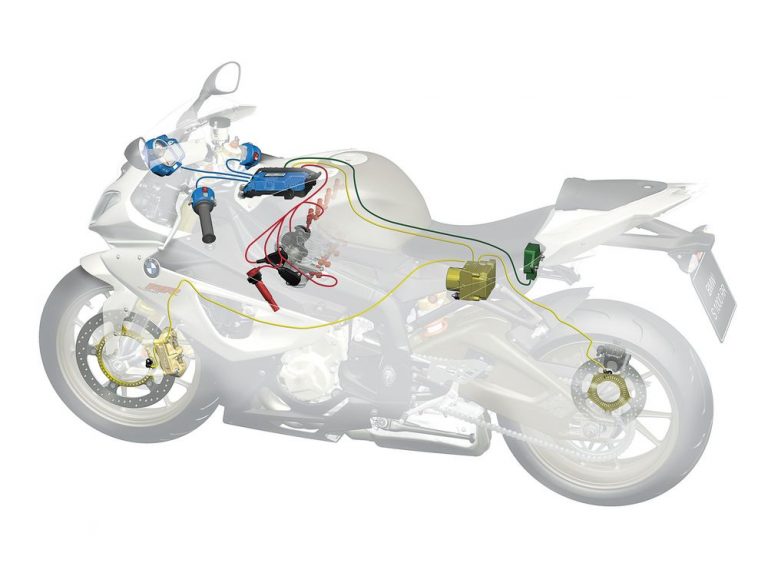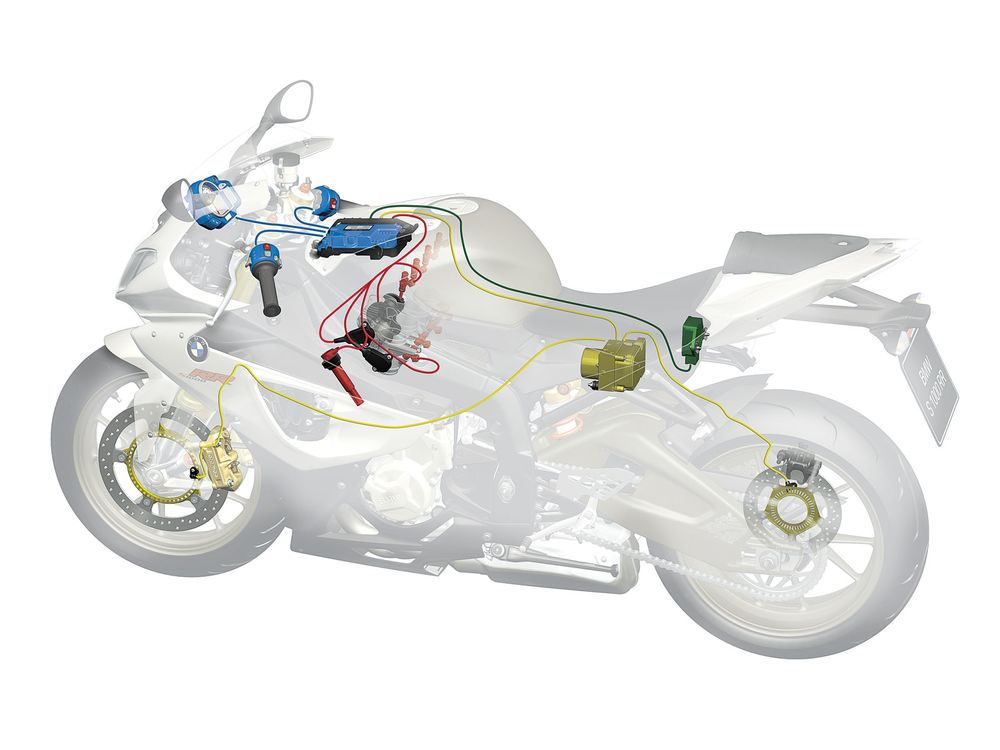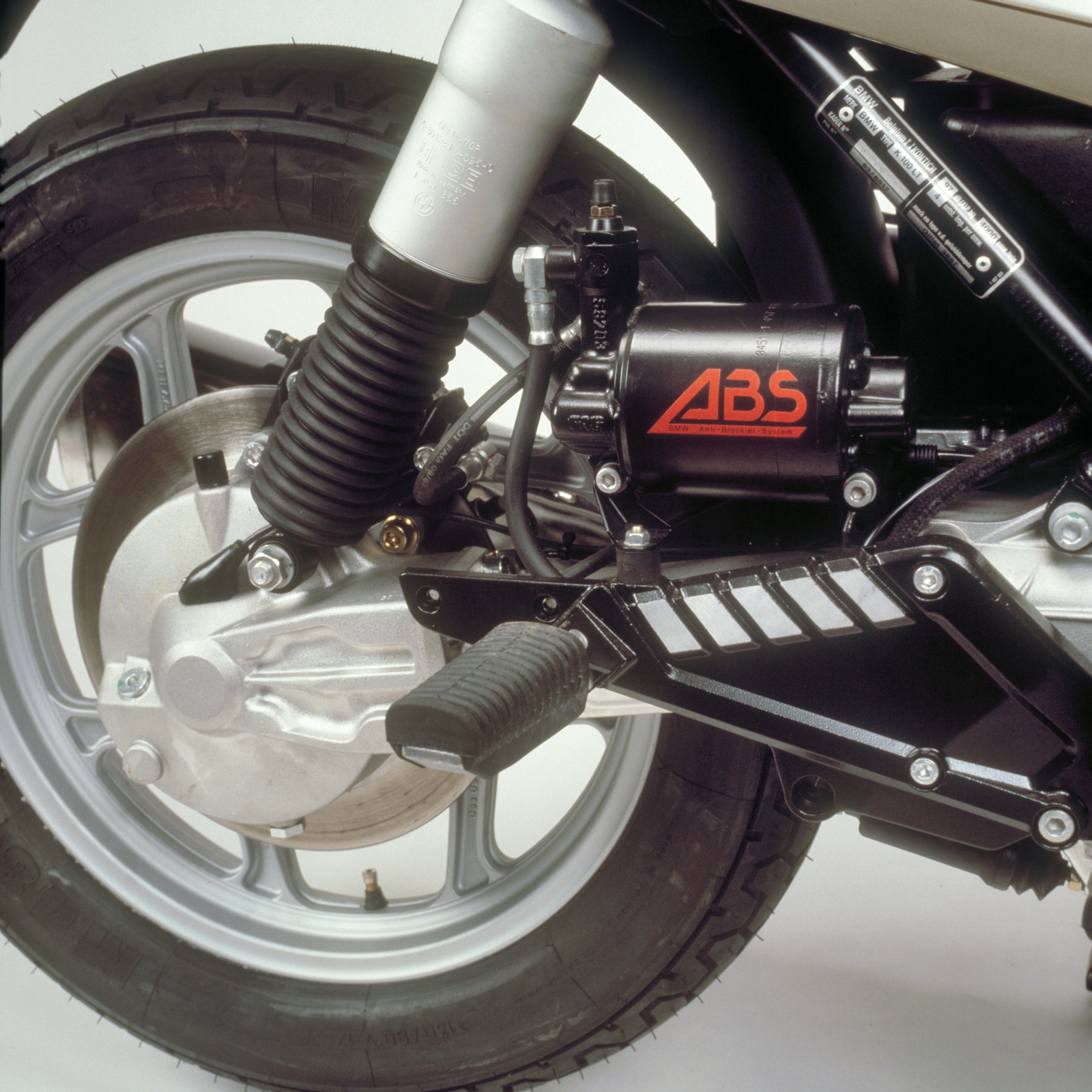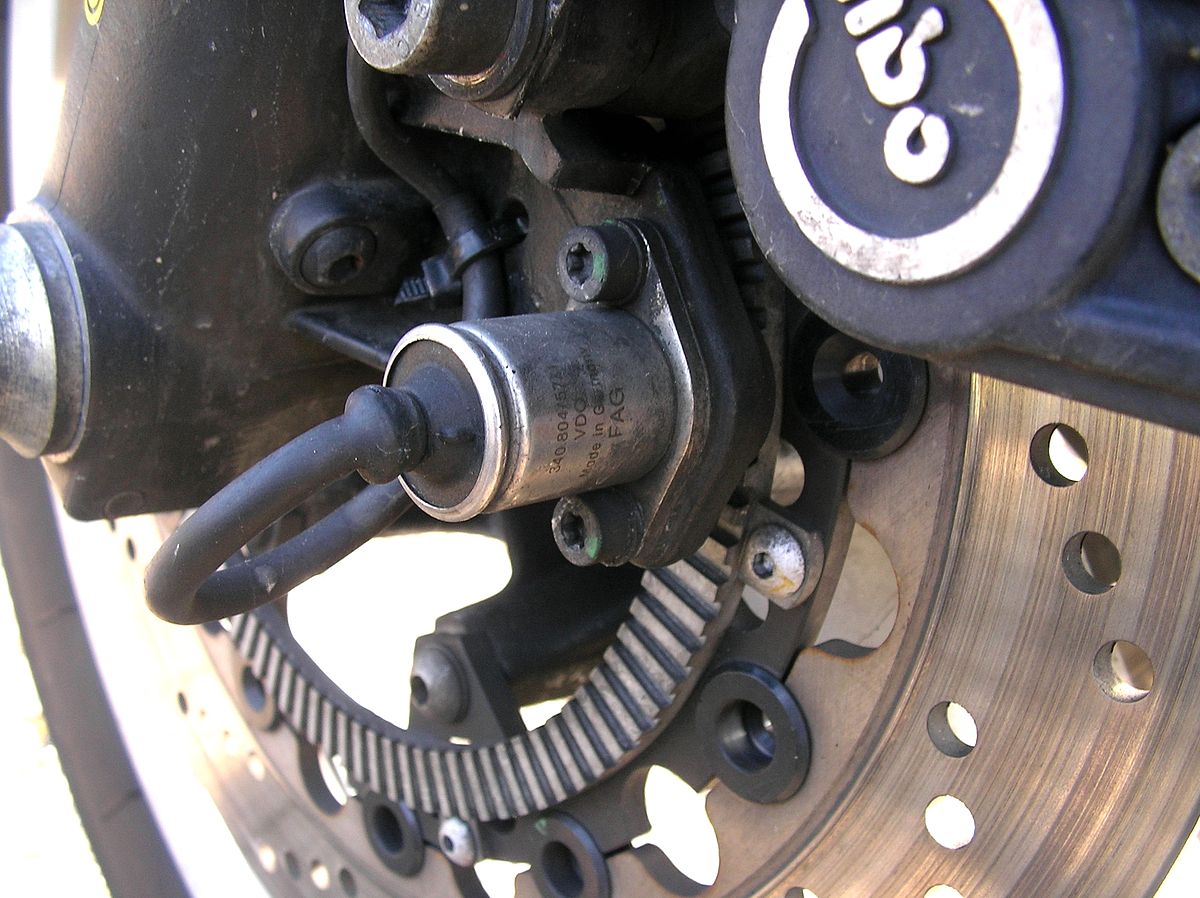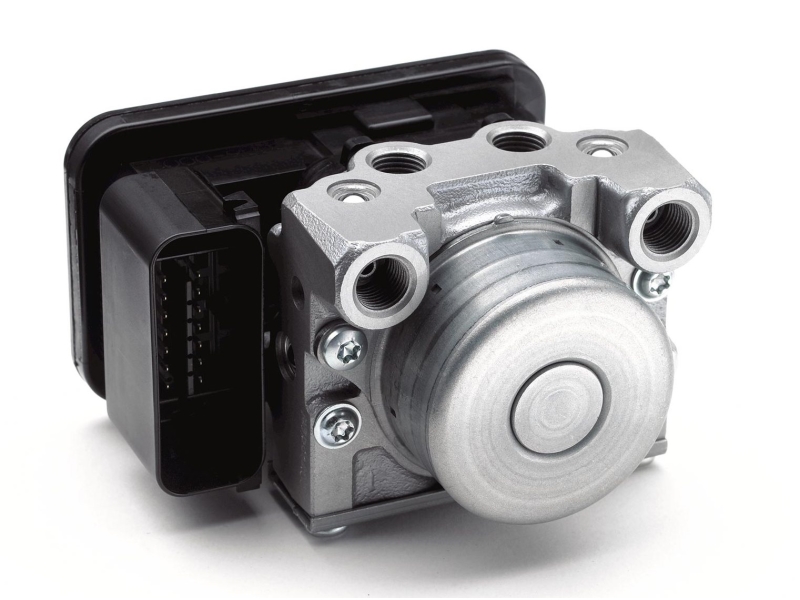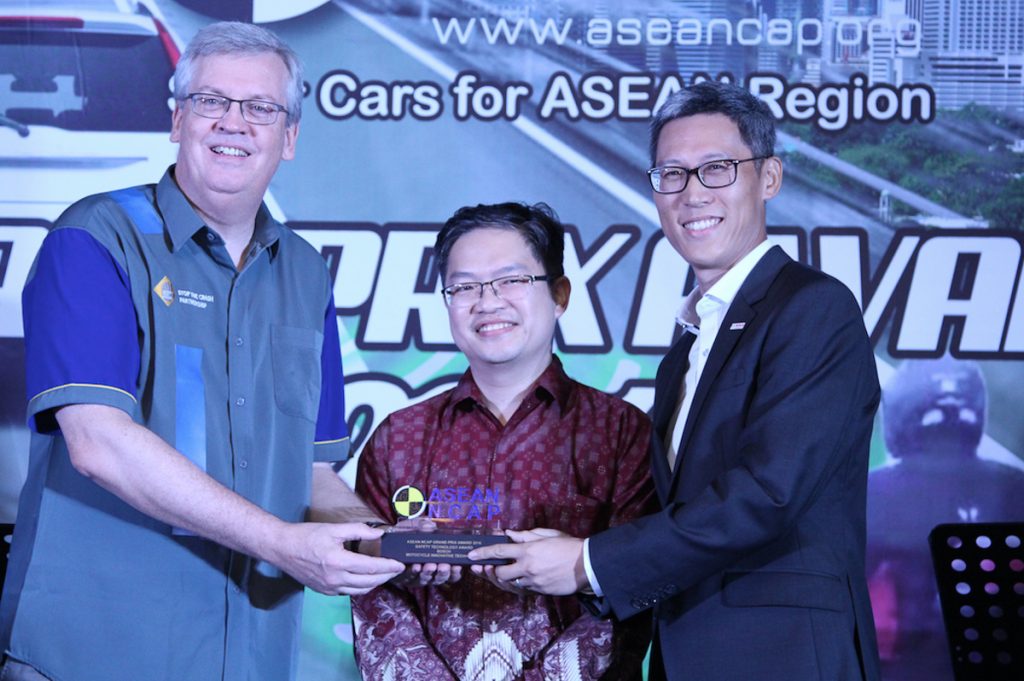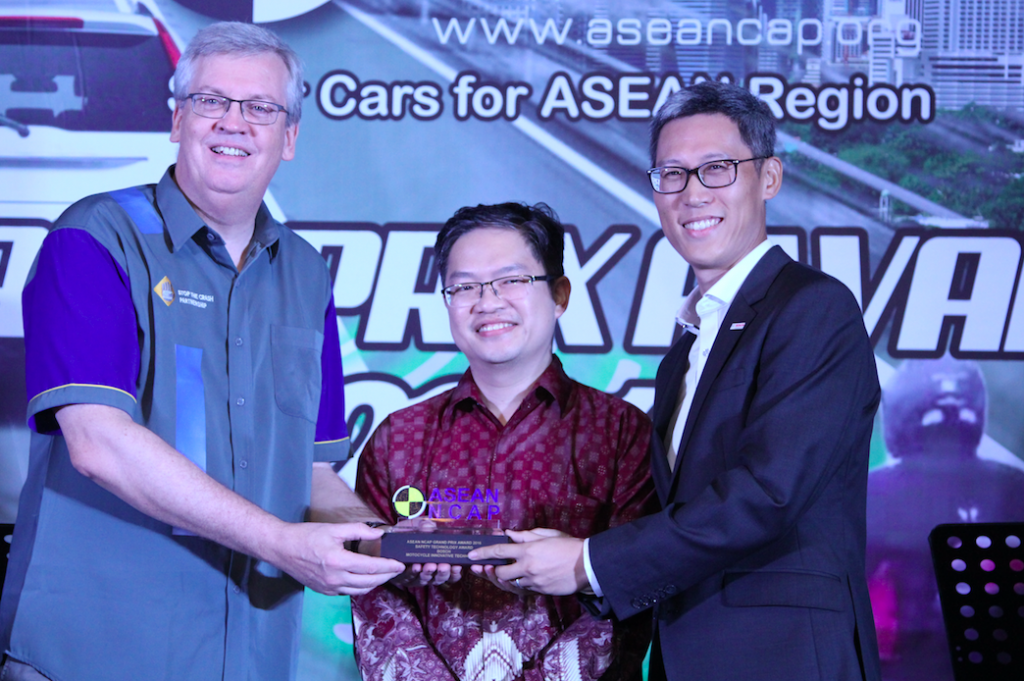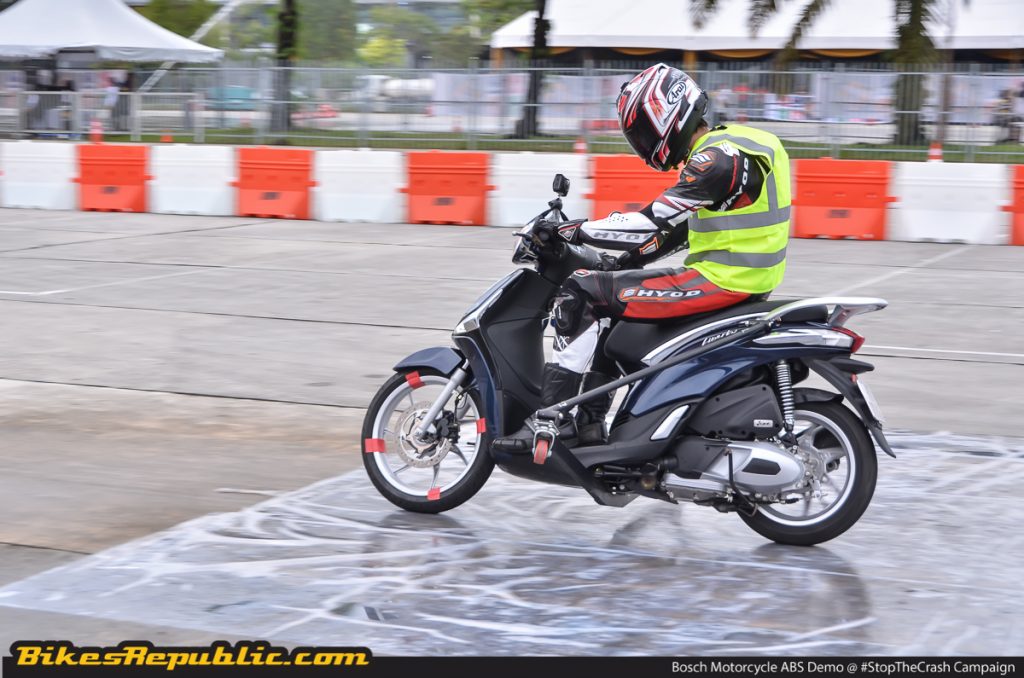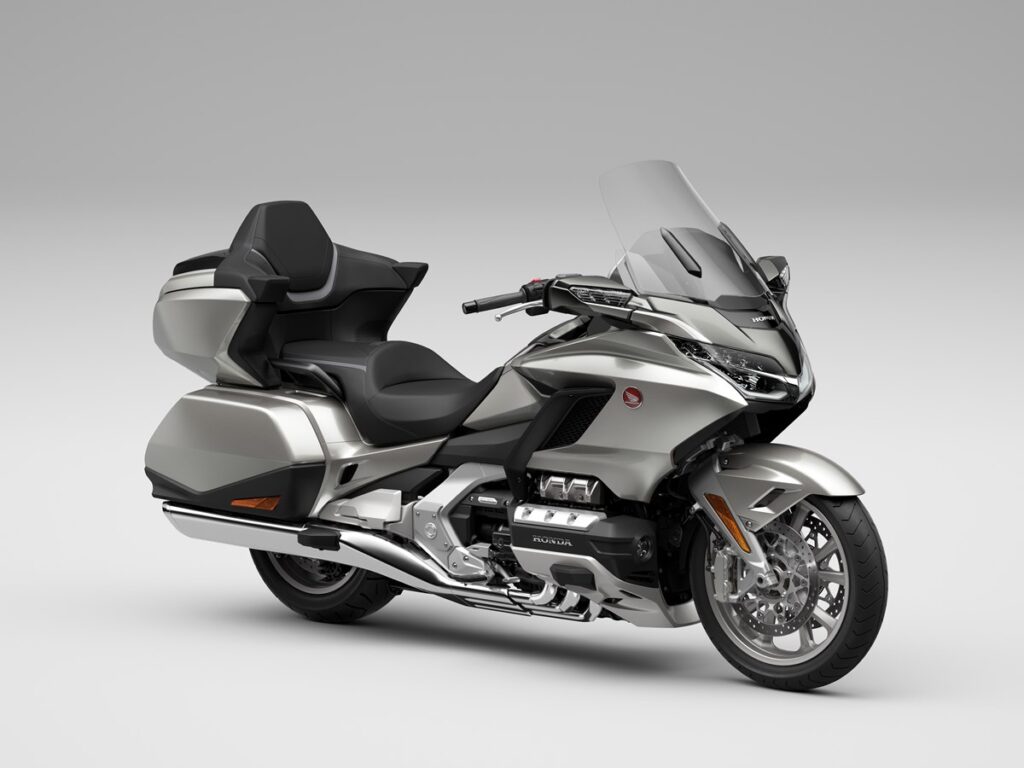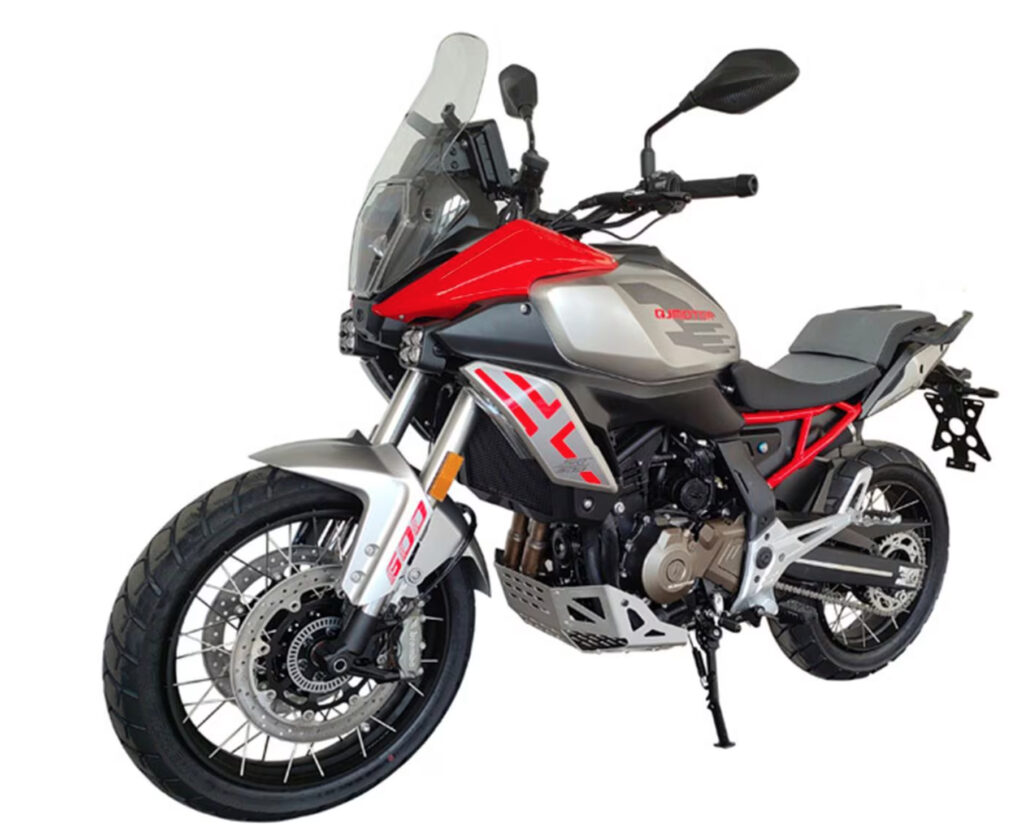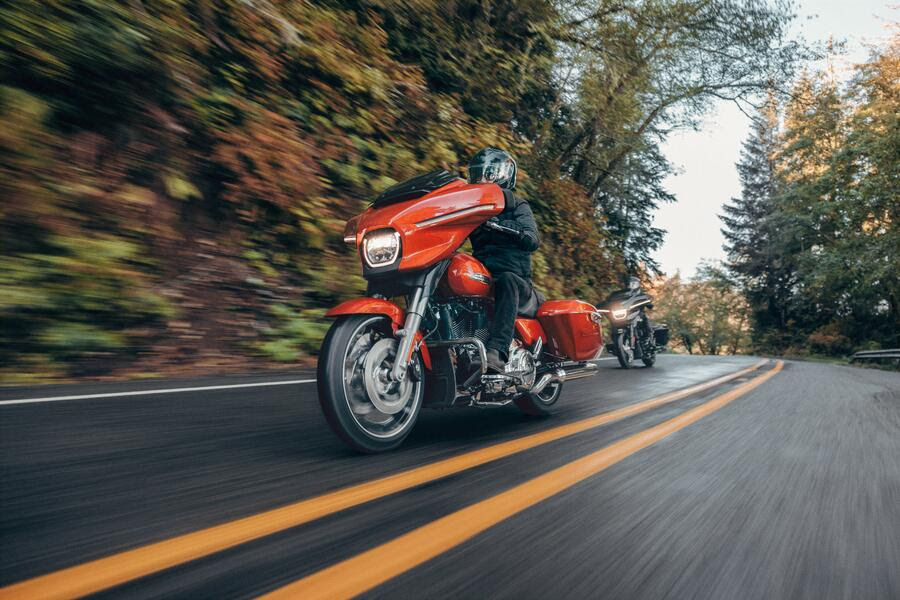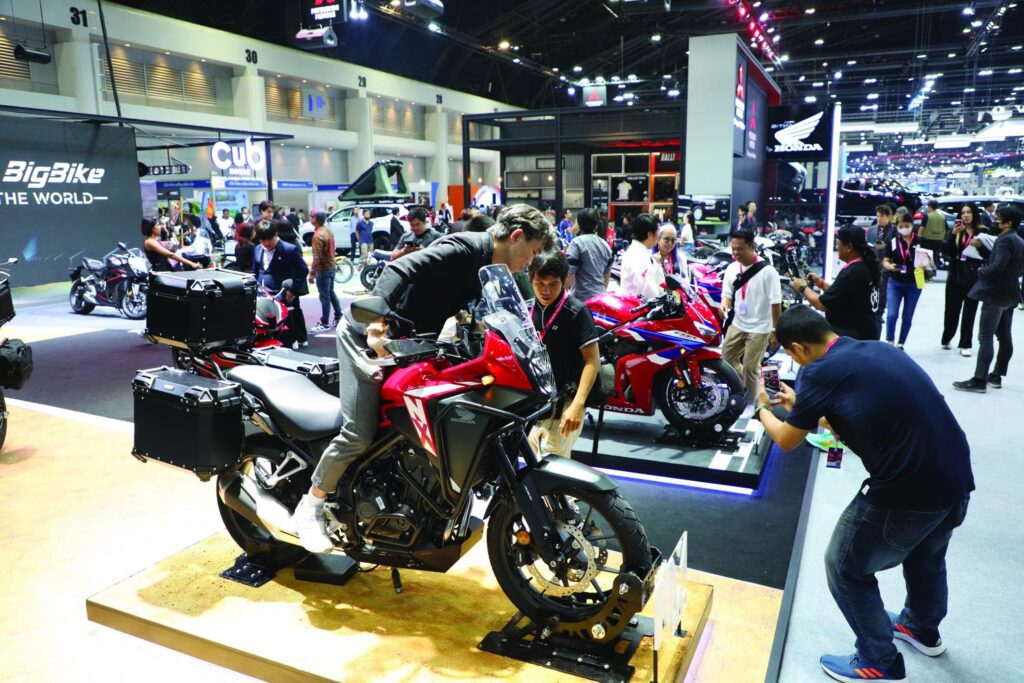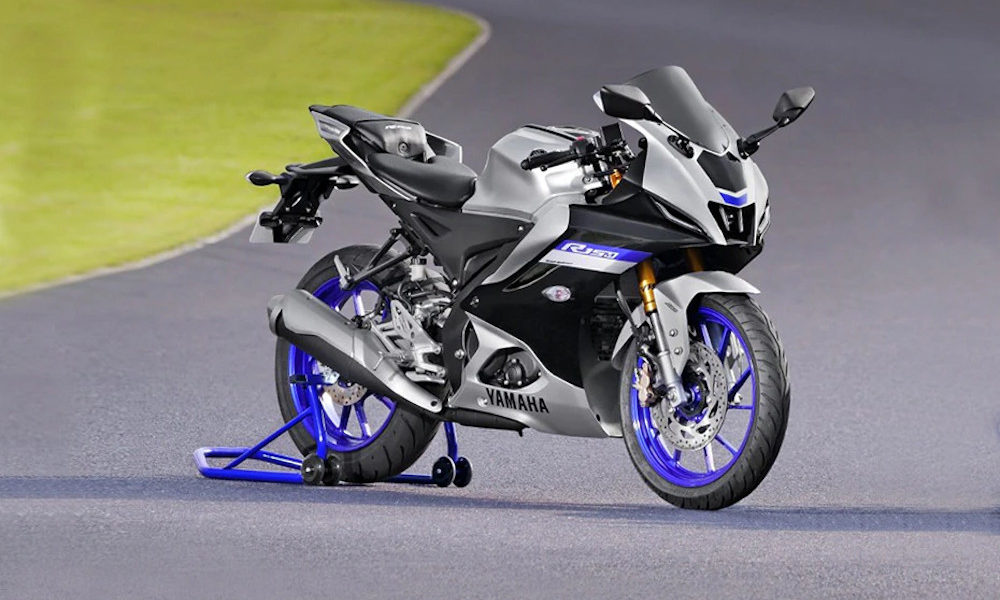Keselamatan penunggang motosikal mungkin akan mengalami perkembangan besar berkat inovasi terbaru dari Bosch.
Syarikat Jerman ini akan memperkenalkan banyak inovasi baru pada pameran EICMA yang akan datang di Milan, dan generasi baru radar motosikal boleh dikatakan sebagai yang paling penting.
Dalam satu kenyataan media, Bosch menyatakan bahawa radar generasi baru mereka boleh mencegah sehingga “satu daripada tujuh kemalangan motosikal” dengan menggabungkan radar dengan sistem bantuan elektronik kecemasan. Pada dasarnya, radar ini akan digunakan untuk mengesan kedekatan dengan bahaya dan campur tangan bagi pihak penunggang motosikal untuk mencuba mengelakkan perlanggaran. Ini berbeza daripada Sistem Brek Bersatu berasaskan radar di Yamaha Tracer 9 GT+ kerana sistem Yamaha hanya mengguna paksaan brek belakang dalam keadaan tekanan tinggi pada brek hadapan oleh penunggang.
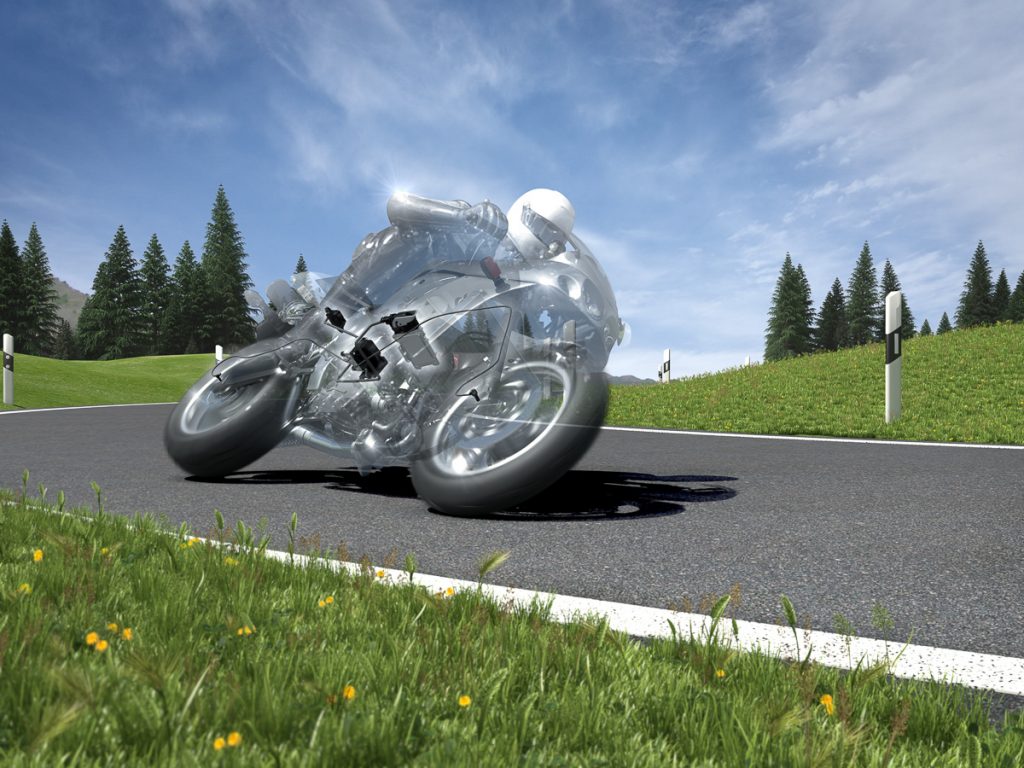
Bosch akan memperkenalkan radar jarak jauh yang baru pada pameran EICMA yang akan datang, dengan peningkatan jarak sebanyak 50 meter berbanding versi sebelumnya sehingga mencapai jarak maksimum 210 meter. Selain itu, ia akan mempunyai aperture horizontal 15 darjah, yang “meningkatkan ketepatan dalam mengesan objek,” kata syarikat Jerman itu.
Walaupun penggunaan sistem radar kecemasan seperti ini dalam konteks brek yang beroperasi secara autonomi bukanlah perkara baru, secara umum, ia semakin menjadi ciri biasa dalam kereta.
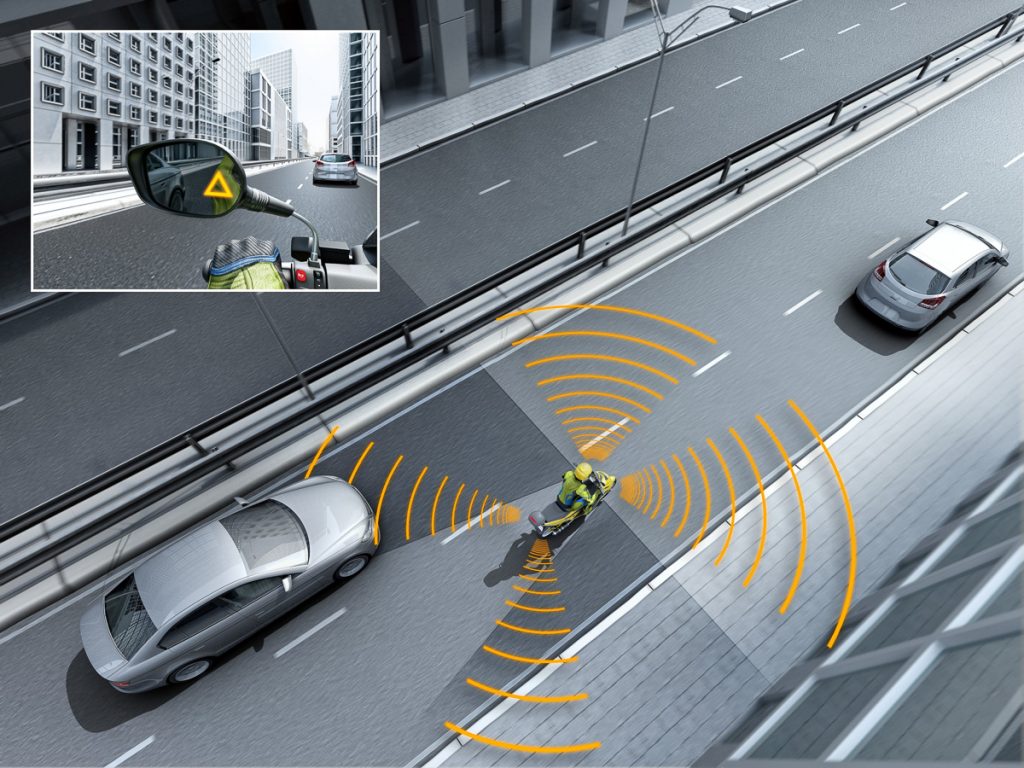
Bosch juga akan memperkenalkan versi baru Pengawalan Stabiliti Motosikal (MSC) mereka. Iterasi MSC yang sedia ada “boleh mencegah atau mengurangkan lima peratus daripada semua kemalangan motosikal yang melibatkan kecederaan peribadi hanya di Germany sahaja, jika setiap motosikal dilengkapi dengannya,” menurut penyelidikan syarikat. Versi terkini ini juga akan dijejaskan pada motosikal berukuran kecil, setelah Bosch mendapati bahawa sistem sedia ada mereka digunakan terutamanya pada motosikal berukuran sederhana hingga besar. Bagi menjadikannya serasi dengan motosikal berukuran kecil, MSC yang baru akan serasi bukan sahaja dengan Unit Pengukuran Masaan 6D (IMU) tetapi juga sensor ABS 3D yang lebih kecil.
Selain itu, motor elektrik hub roda belakang generasi baru yang dapat mengurangkan berat sebanyak 2 kilogram dan tidak mengurangkan prestasinya akan dipamerkan, dan sistem pengurusan enjin baru akan membantu pengeluar mematuhi peraturan emisi wilayah yang akan datang.


